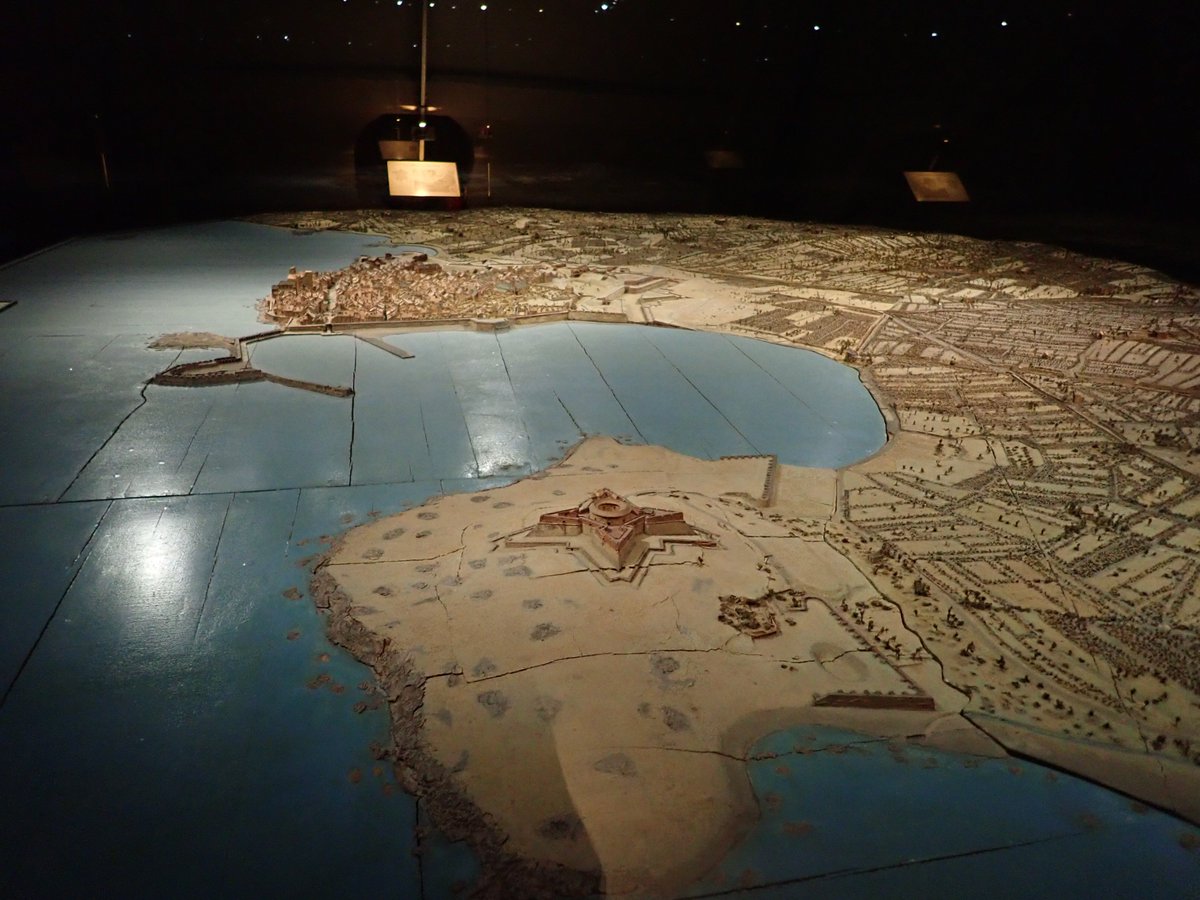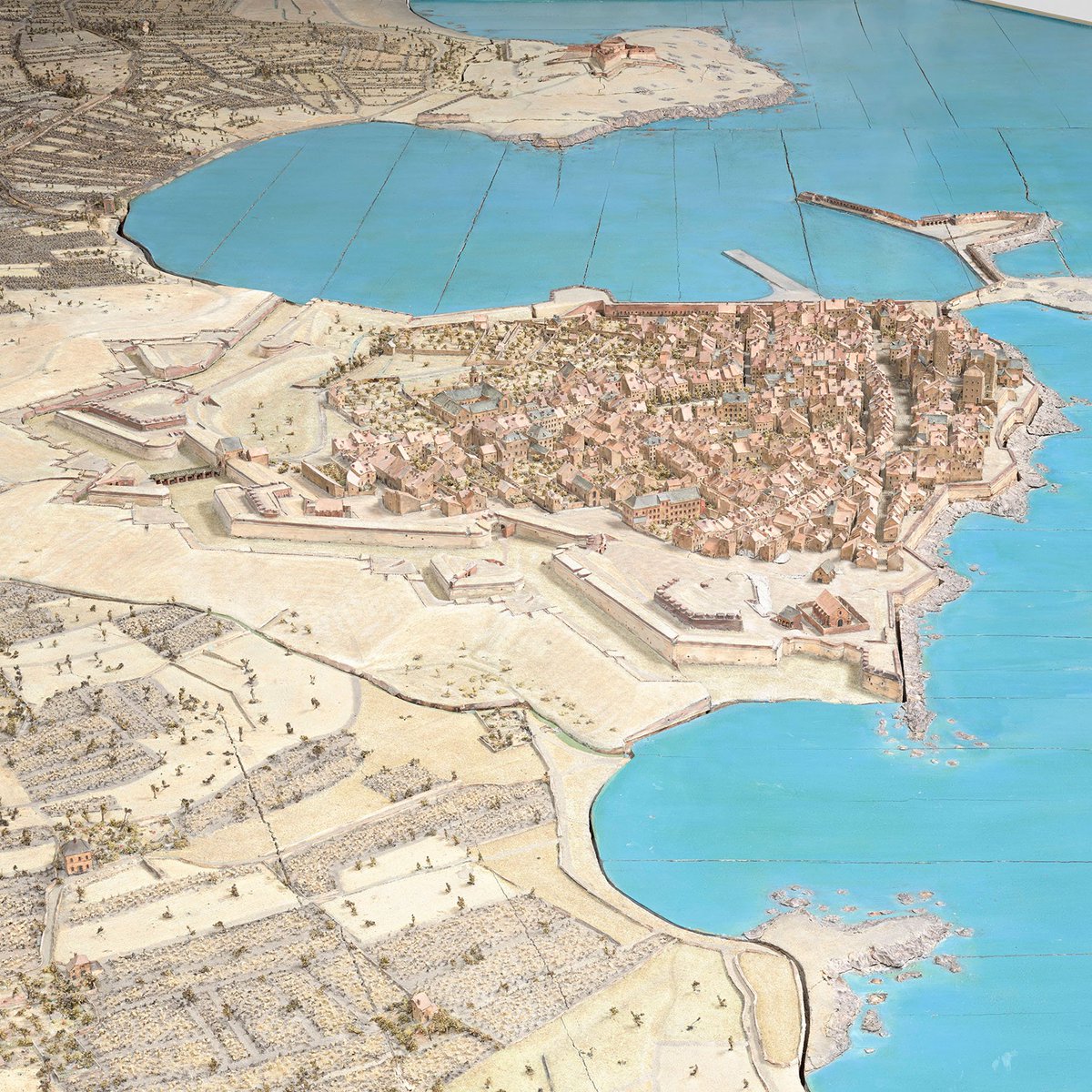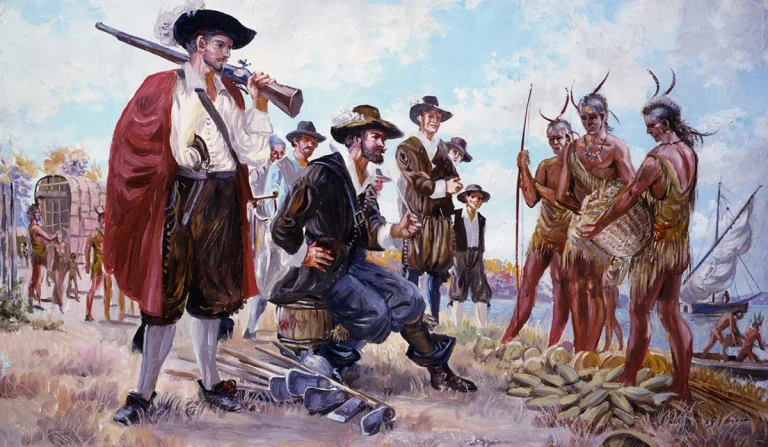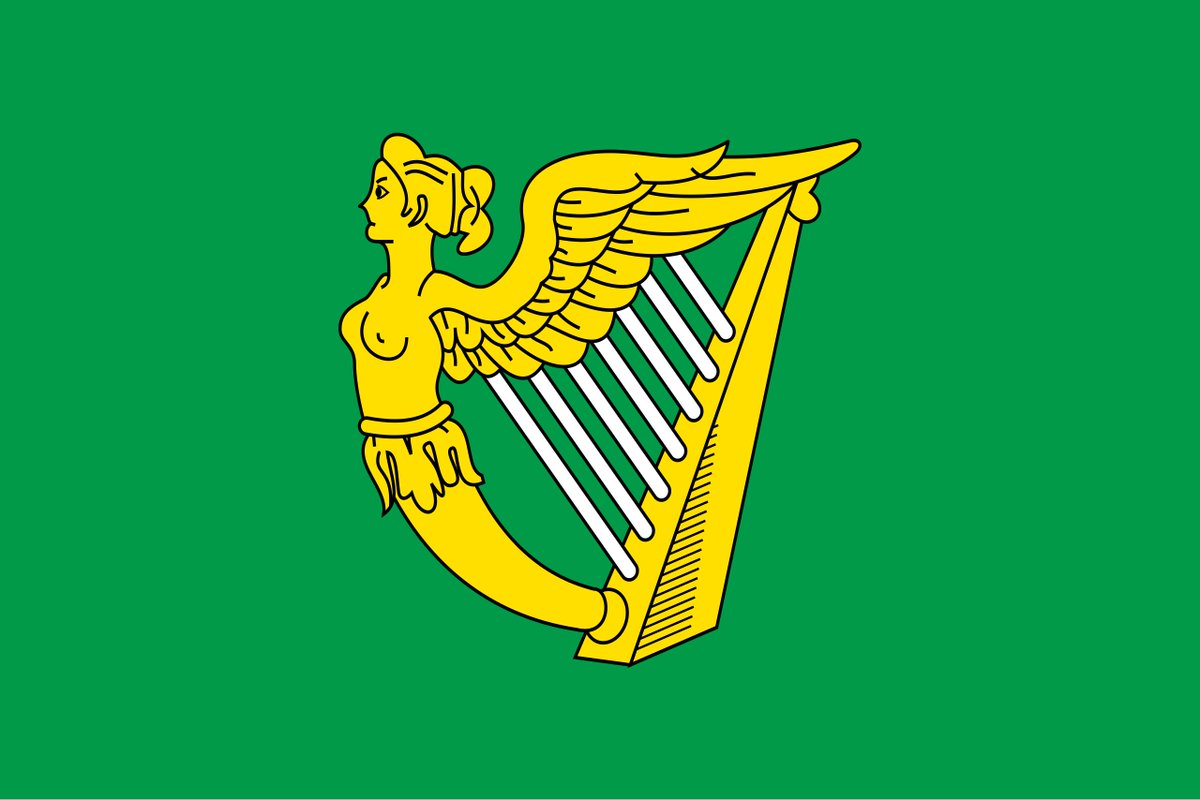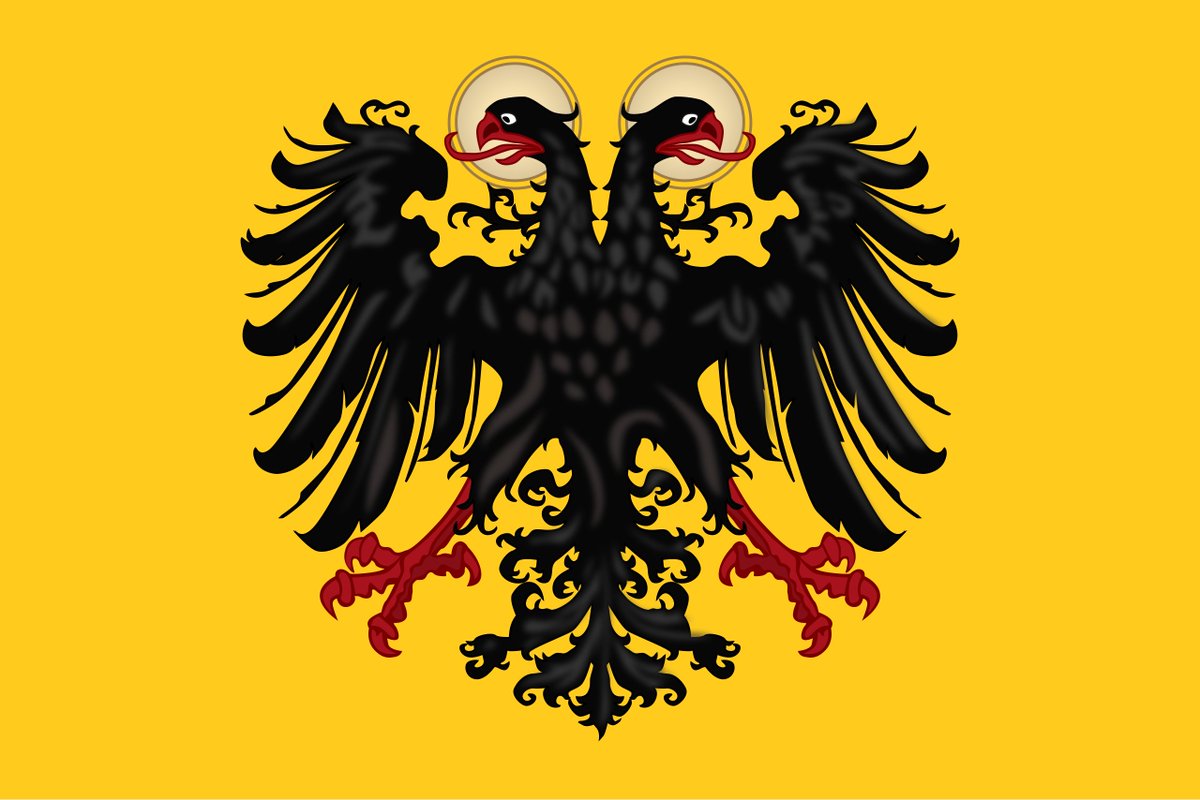Today 12 February is anniversary of the Battle of the Herrings during the Hundred Years' War in 1429. The French attacked the English supply convoy of around 300 wagons which carried weapons and food, including barrels of herring (type of fish)! The English beat the attackers! 
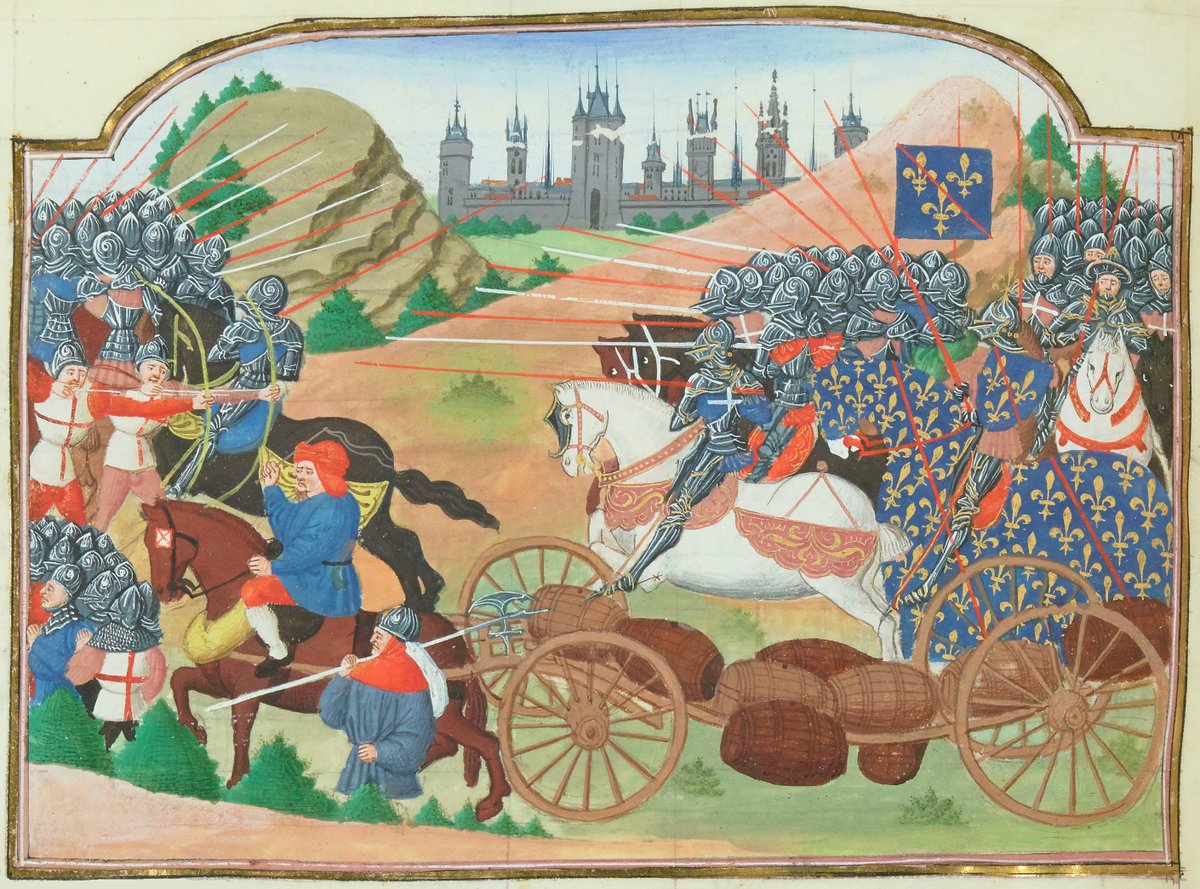
The English had been besieging the city of Orléans and a supply convoy was headed from Paris led by Sir John Fastolf. He commanded a force of around 1000 archers and some light cavalry that escorted around 300 carts and wagons carried to the besiegers at Orléans! 

Sir John Fastolf was a brave man and a very capable commander. An experienced veteran who was also a Knight Companion of the Most Noble Order of the Garter! He was entrusted to bring safely to Orléans the convoy which also carried salted fish, "herring and Lenten stuff"! 



This fish herring was for the meatless Lenten days that were approaching! On the way to Orléans they encountered a much larger French force of around 4000 led by Charles de Bourbon, Duke of Clermont. This French force also included many Scottish soldiers! 



Fastolf needed to react quickly and decided to use the supply wagons for defense, forming a wagon fort and enforcing it with wooden stakes to make it even harder for the enemy to come near. He then placed the famed English longbowmen to defend it! 

Duke of Clermont wisely avoided assaulting this improvised English fortress and ordered his artillery to fire at the wagon fort. Even though artillery was still primitive back then, it had success and caused casualties among the English as well as destroying some wagons! 



However the restless Scottish soldiers in French service ignored the orders of Clermont forbidding any attack and charged at English positions. This forced the French to stop the bombardment in order not to hit their own troops. Longbowmen fired at the Scots and killed many! 

Longbowmen were massacring the lightly armored Scottish and the French cavalry tried to assist them but were stopped by the stakes. The French infantry was less eager to participate in this suicidal mission and stayed back. The French forces were in total chaos and disarray! 

Sensing opportunity, Fastolf ordered his light cavalry known as the hobilars to charge at the disorganized enemy! The charge was successful and the French routed in panic. This was yet another spectacular victory for the English! But the tide would start to turn soon... 

• • •
Missing some Tweet in this thread? You can try to
force a refresh








